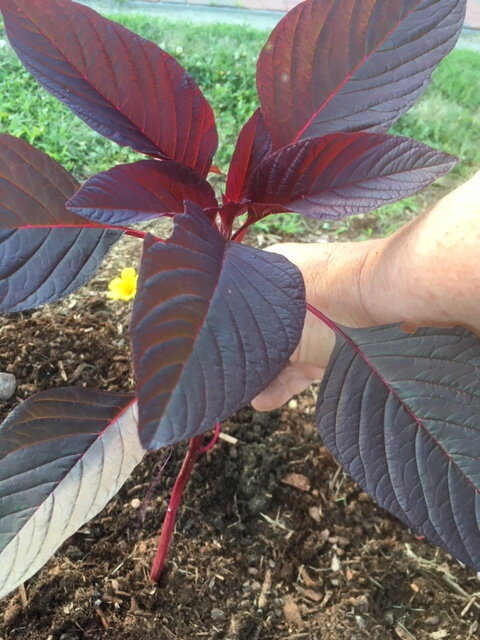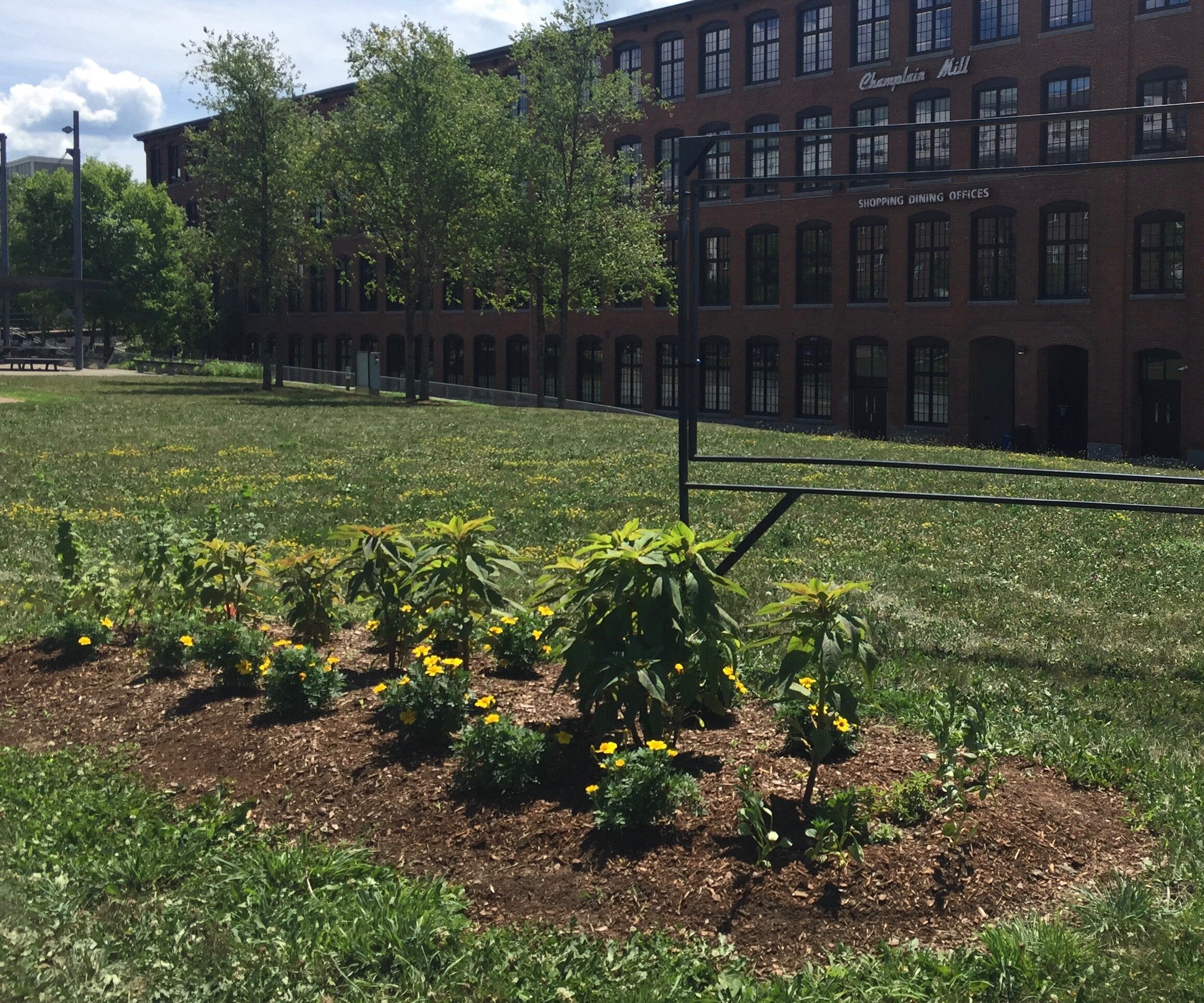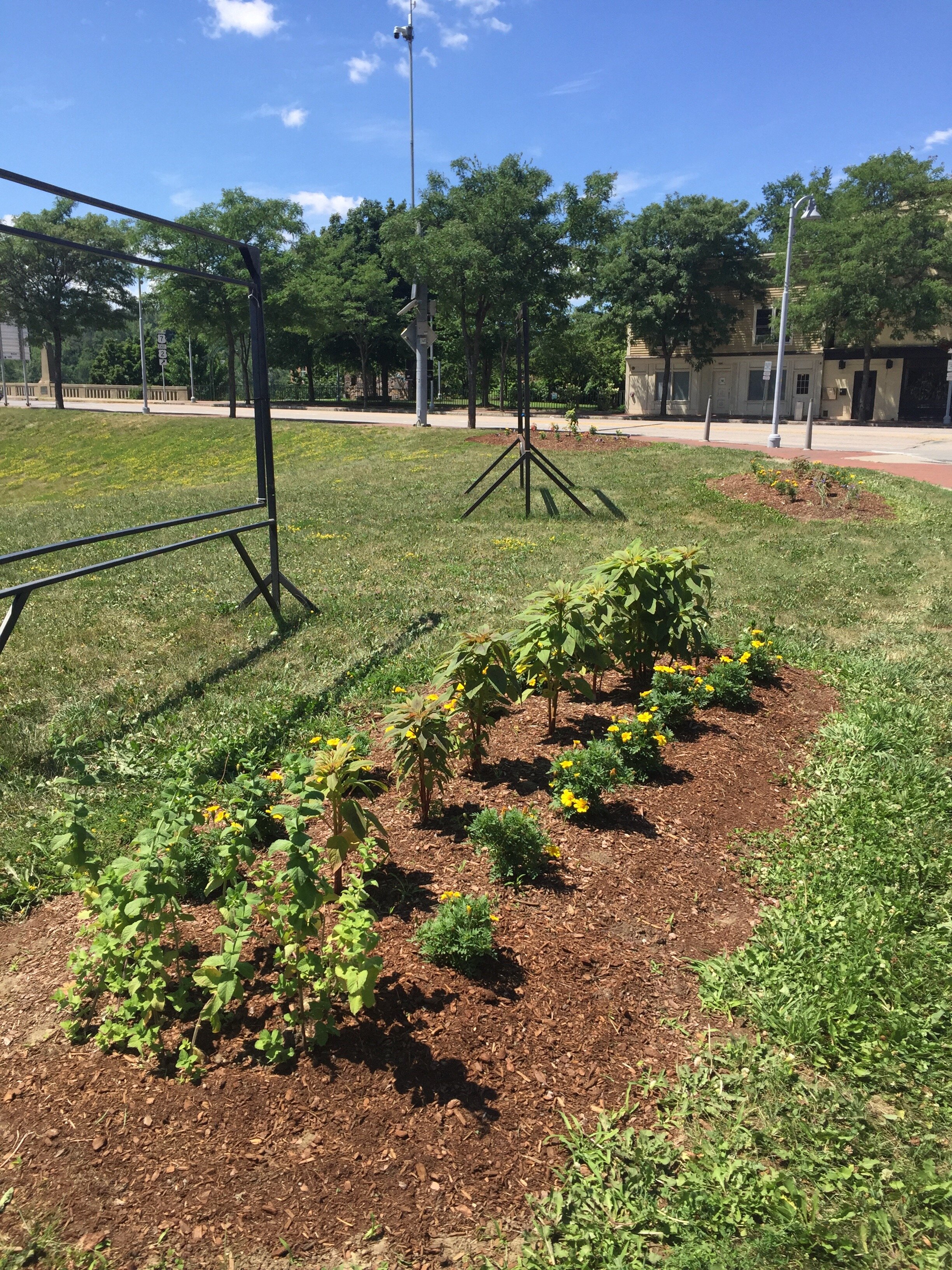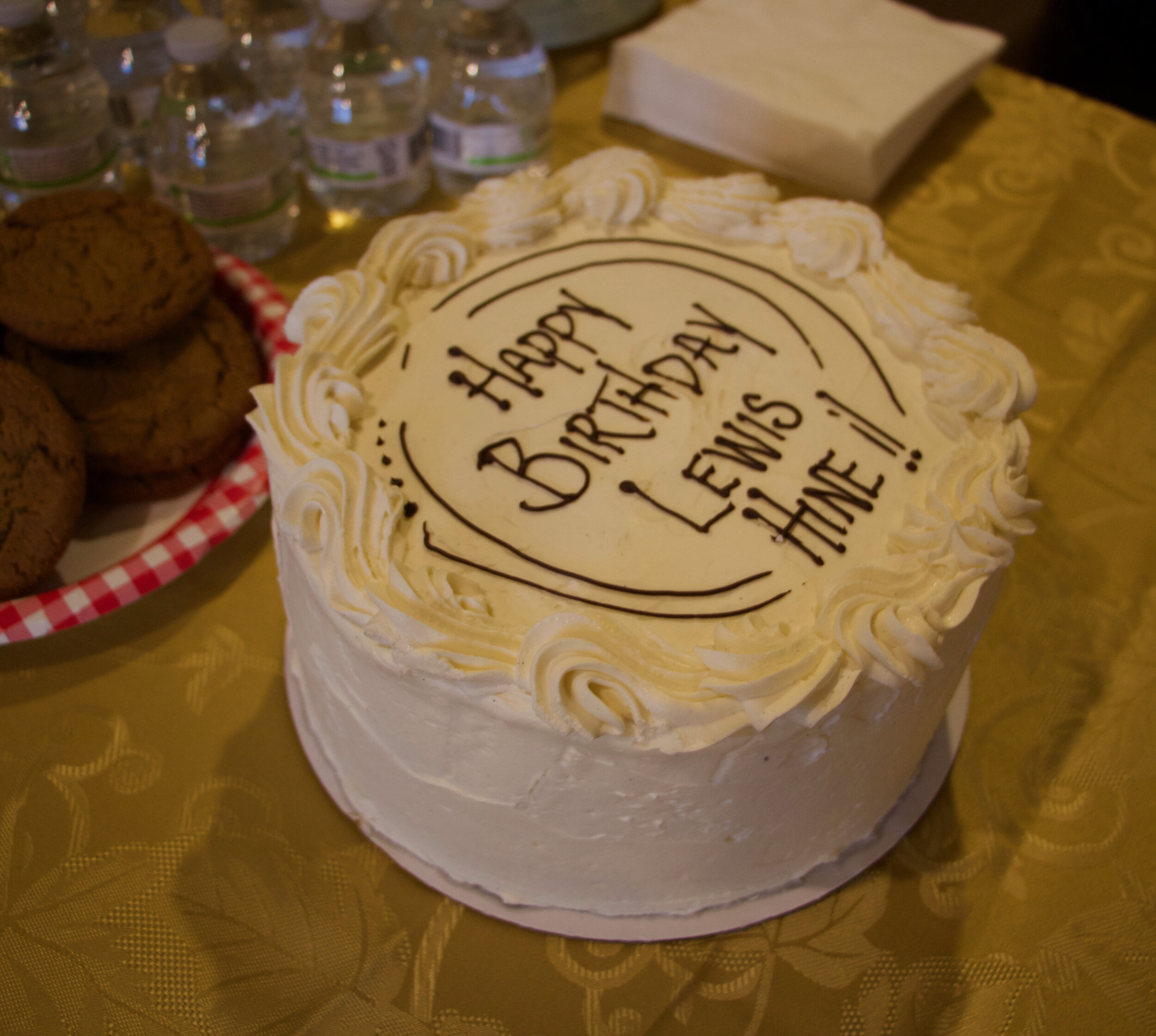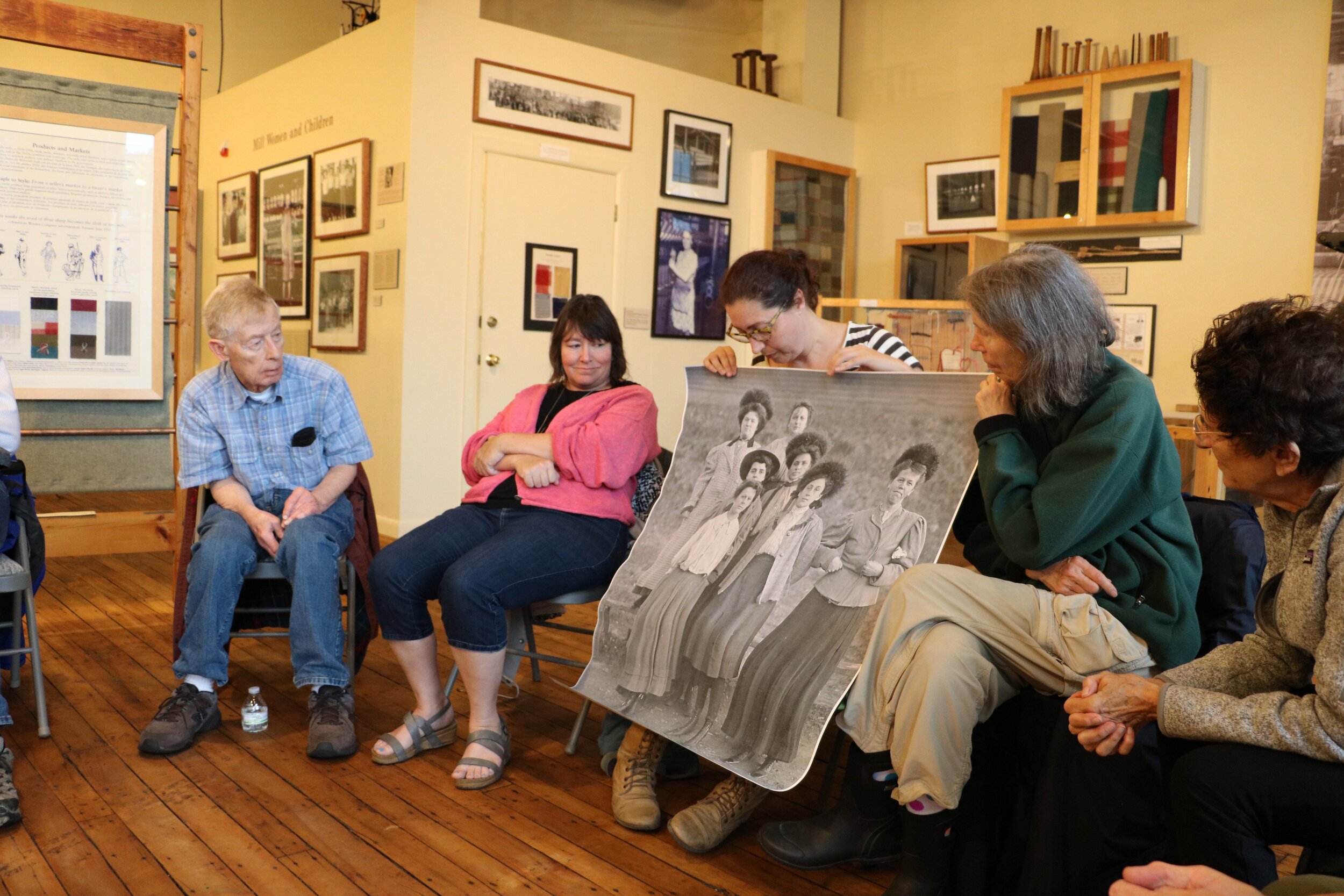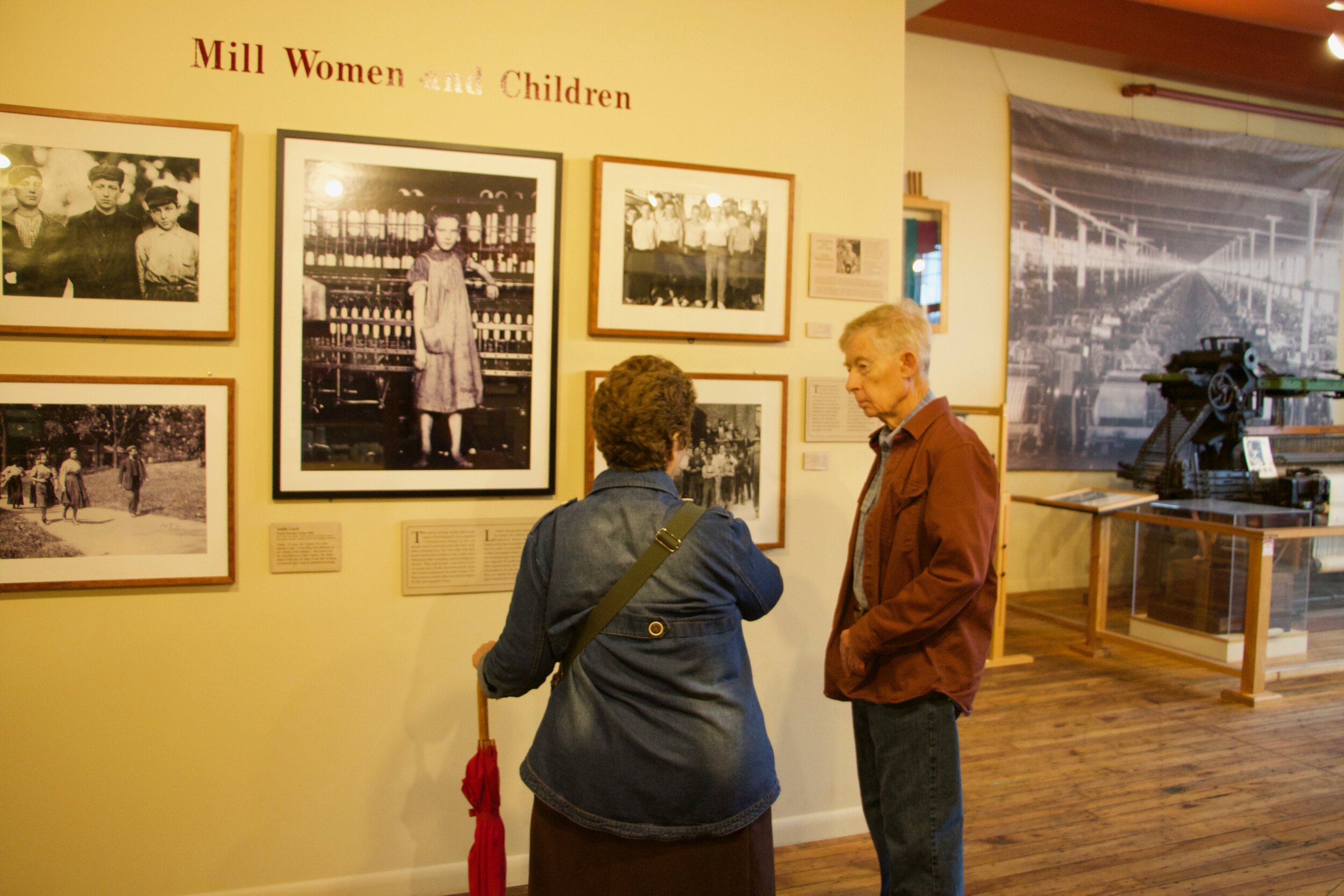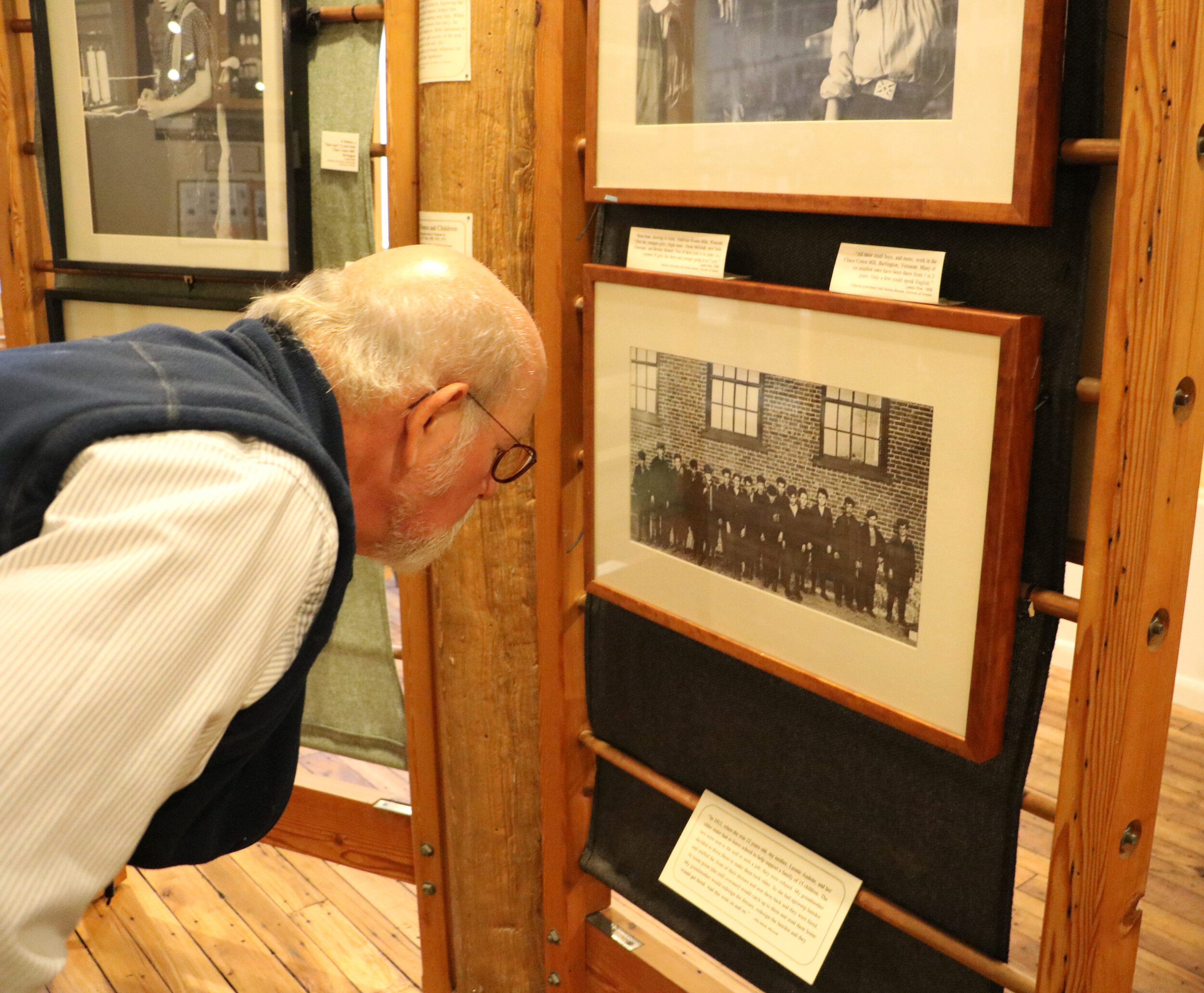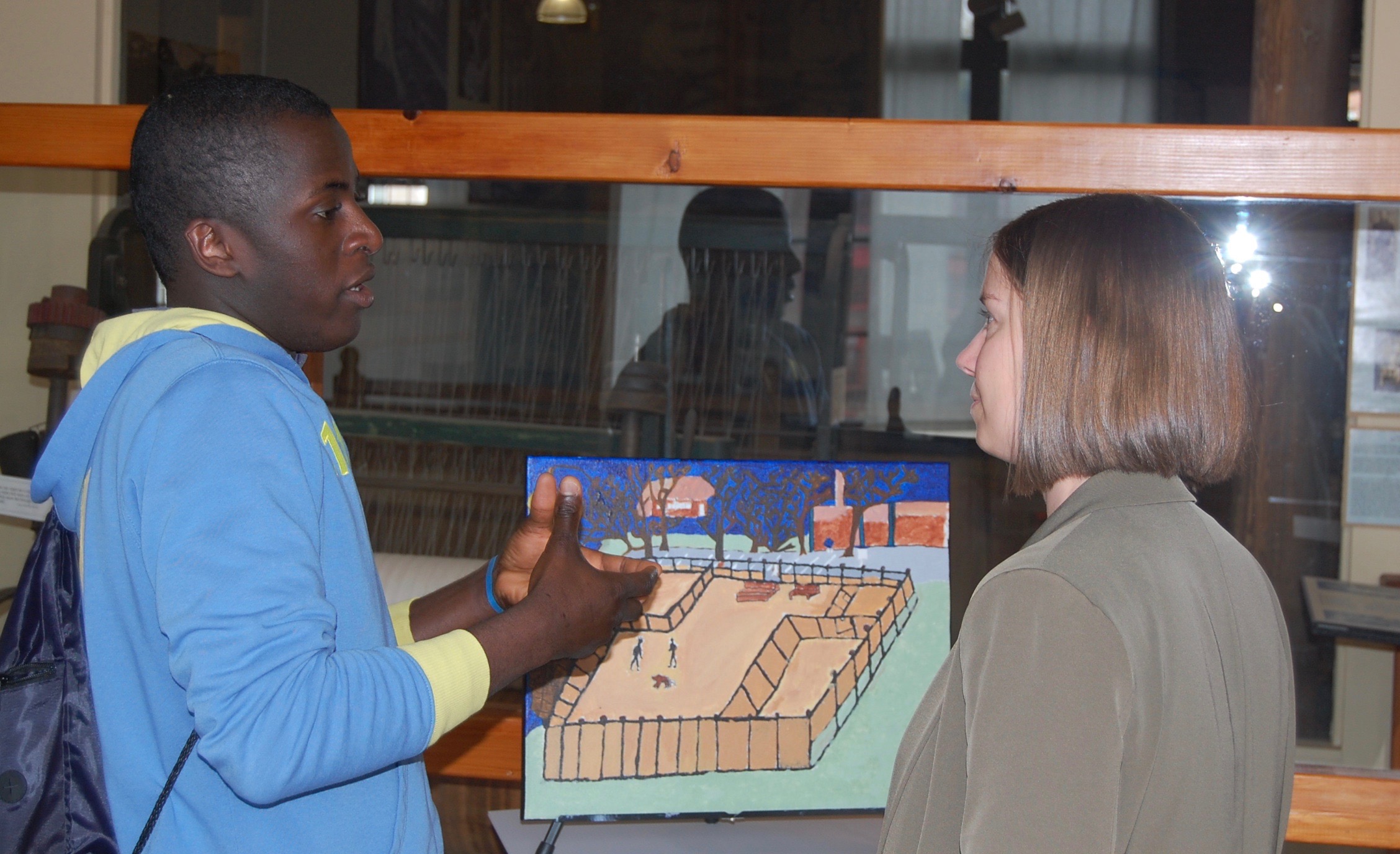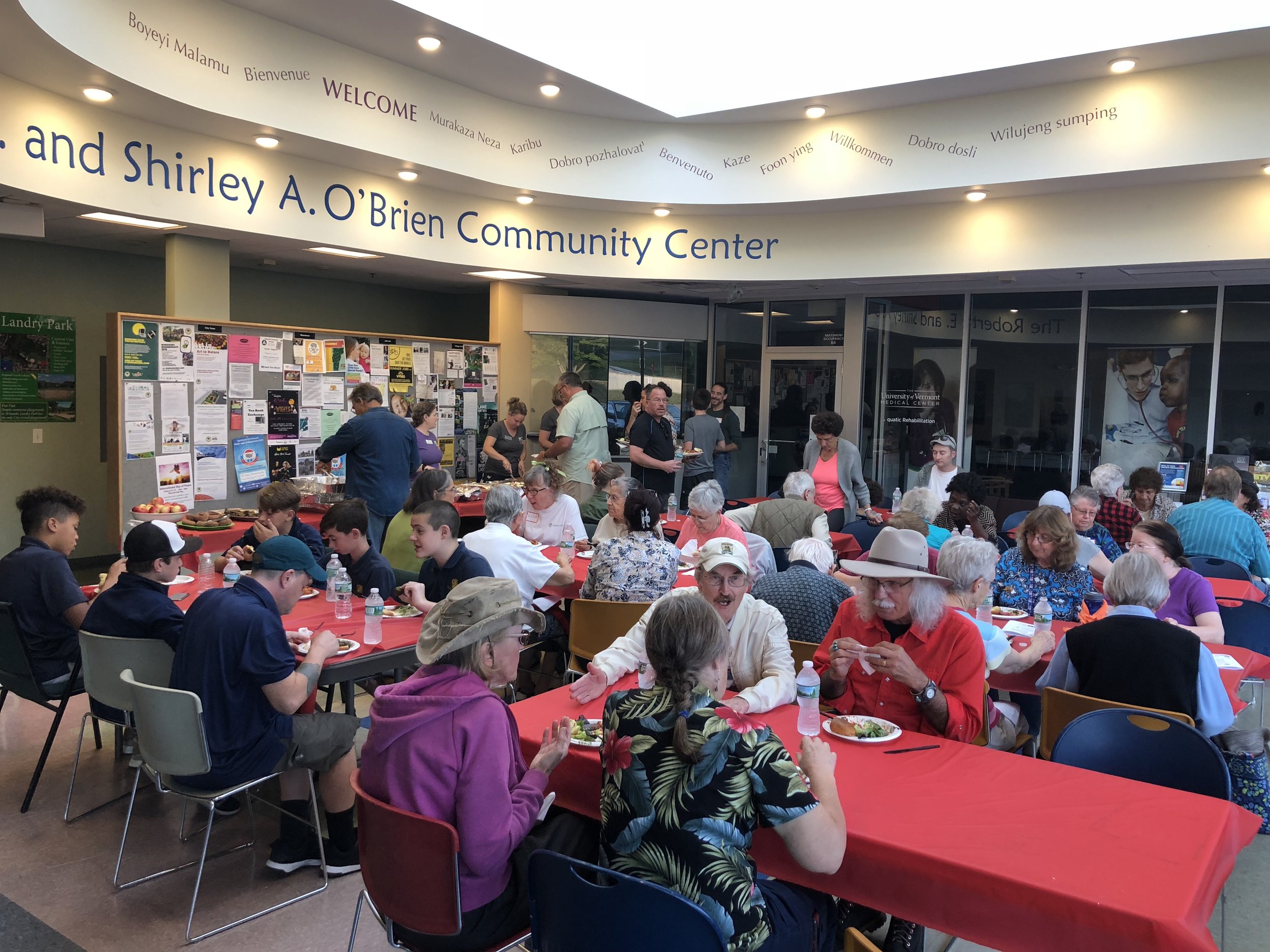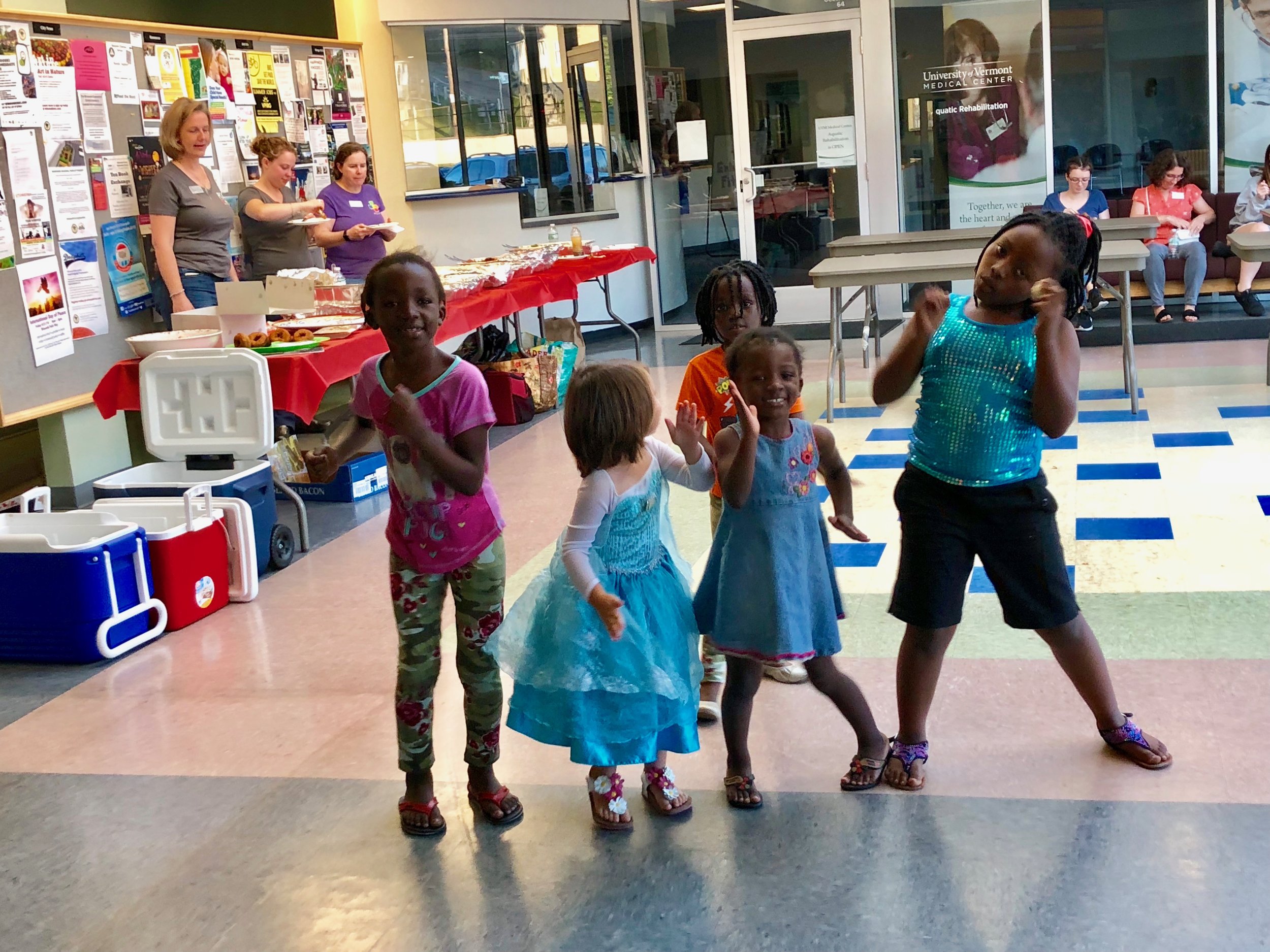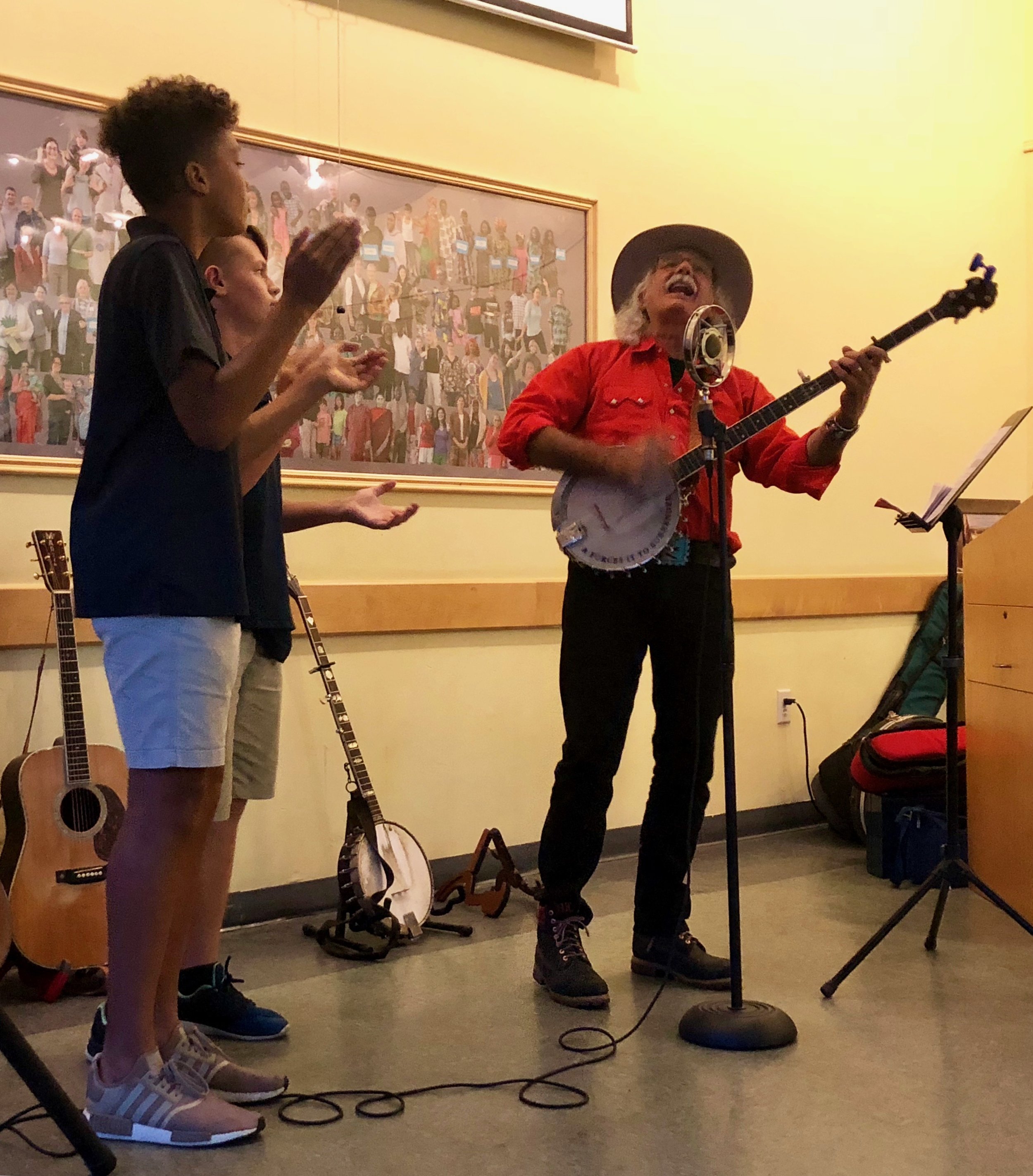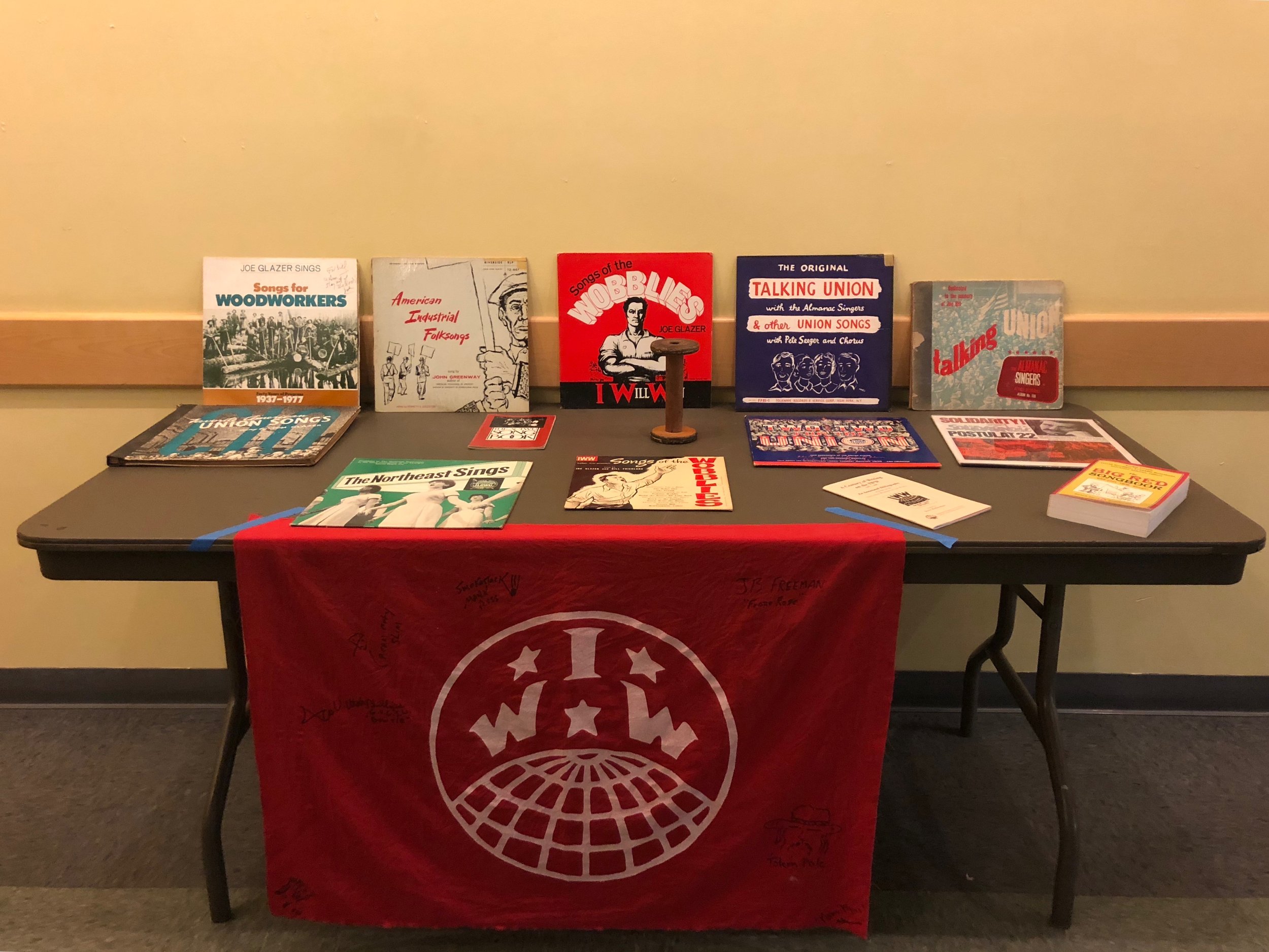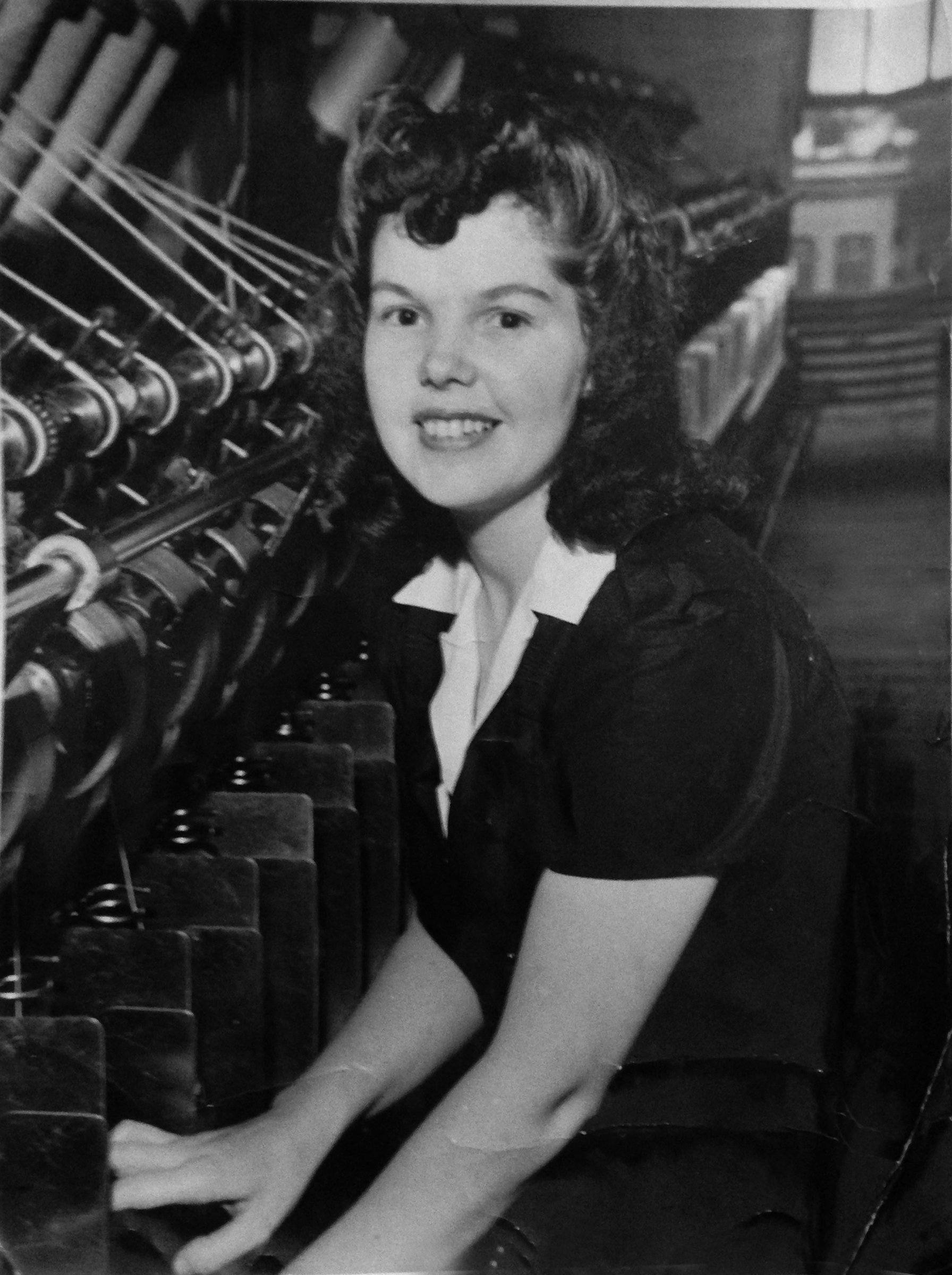Spring Internship Reflection
/by Paige Burton
During my last semester of college at UVM, I interned at the Mill Museum. I’m majoring in American History, so I was excited to get some experience working in an environment related to my degree. Through the internship, I was able to complete a few different projects and learn more about what a job in a museum is like.
The biggest project I worked on involved interviewing Monica Farrington about her family connection to the Winooski mills. I was able to meet with Monica a few times over zoom and then write an article about her mother’s experiences working at the mills.* One of the highlights of this project was talking with members of the Vermont Folklife Center. The VFC staff were super helpful and I gained a lot of insight about how to prepare for conducting interviews. Overall, doing research and then writing a news article was a big learning experience for me. I think local history is super interesting, so I was happy to learn and share it with others.
Another part of my internship that I really enjoyed was just being able to talk to people who came into the museum. I met a lot of different people and I was really surprised to learn that many people have personal connections to the mills and local history around Winooski.
Reflecting back on what I’ve done this semester, this internship has helped me get a much clearer view of what I’m looking to do going into the future. I have a job lined up for post-graduation at another museum, and having the opportunity to work at the Mill Museum was what inspired me to pursue museum work as a career. I’m really grateful for this experience, and I’ll carry what I learned into my future.
*Paige’s article about Monica Farrington will be included in our upcoming summer newsletter.
Paige is graduating this spring from the University of Vermont, with a degree in History and Environmental Studies. This summer, she will be moving to North Conway, New Hampshire to work as manager of the Summit Museum at the Mount Washington Observatory.
Paige: Thank you for the valuable work you have contributed to the Mill Museum this past semester! We are grateful for your commitment and your willingness to take on challenges, especially during the Covid-19 pandemic! Congratulations on your graduation from UVM! We wish you great success in your future endeavors!
– Miriam Block, Mill Museum Director



